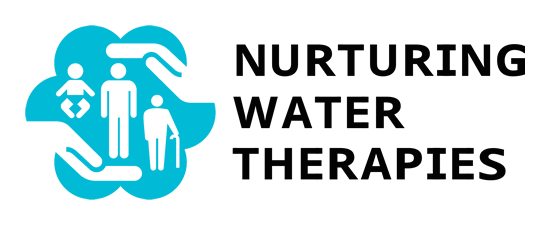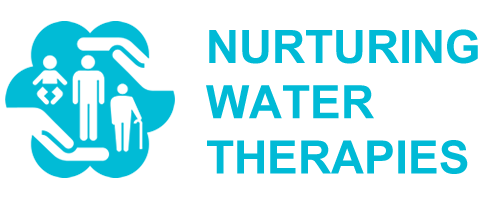31 Aug FAQs on High and Low Impact Exercises
 What is the difference between high-impact and low-impact exercises?
What is the difference between high-impact and low-impact exercises?
There are no standard guidelines for what determines if an exercise is low- or high-impact. But as the names suggest, generally speaking, an exercise is high impact if the motions involved in the exercise cause high direct impact to your body. Running, for example, can cause an impact of 2.5 times the runner’s body weight with each step. Conversely, an exercise with little direct impact on your body is considered low-impact.
Does low-impact mean low intensity or not aerobic?
No. An hour-long spin class is low-impact but aerobic and high intensity!
Aquatic exercises are low-impact but can be designed to be aerobic and high intensity. It uses the natural properties of water to provide resistance. These can be aerobic by performing them more times than instructed and move as fast as you can.
Does low-impact mean less calories burnt?
No. A 200-pound individual can lose almost 200 calories doing Water Aerobics for 30 minutes. A spin class participant can lose 400-600 calories in a 40-minute workout.
Who should stick to low-impact exercises?
Low intensity exercise can be a great alternative means to stay healthy and active for people with arthritis or osteoporosis, older adults, individuals who are obese, pregnant women, and people with bone, joint, connective tissue injuries.
Beginners to exercise without the health concerns above should also first perform low-impact exercises and gradually move to higher impact exercises as they adjust to the pressure being put on their body.
Many athletes and non-beginners perform low-impact exercises with or as an alternative to high-impact exercises to not just have well-rounded workout but to also decrease the risk of overuse injuries. Even football players practice yoga!
Why should I even do high-impact exercises?
If you are a non-beginner and you think your body can handle high-impact exercises, by all means try them. Some studies indicate that weight-bearing exercises may help increase bone density before 30, and help maintain bone density after age 30.
Whatever fitness level you are, keep in mind the following:
- Listen to your body – No one else can feel what you feel so if a specific movement doesn’t feel good, stop. Find ways to modify it, or better yet, ask an expert. Start slow and gradually increase difficulty and intensity.
- Practice moderation – Just like anything else, overdoing something is almost never a good thing.
- Variety – You’ll less likely to get bored with the same set of exercises. Performing different types of exercises will allow you to use more parts of your body.
- Seek help – Talk to your doctor before starting a new exercise regimen especially if you have health concerns. For beginners, join a class or seek a personal instructor, to help develop a plan that will match your abilities, goals and interests.

